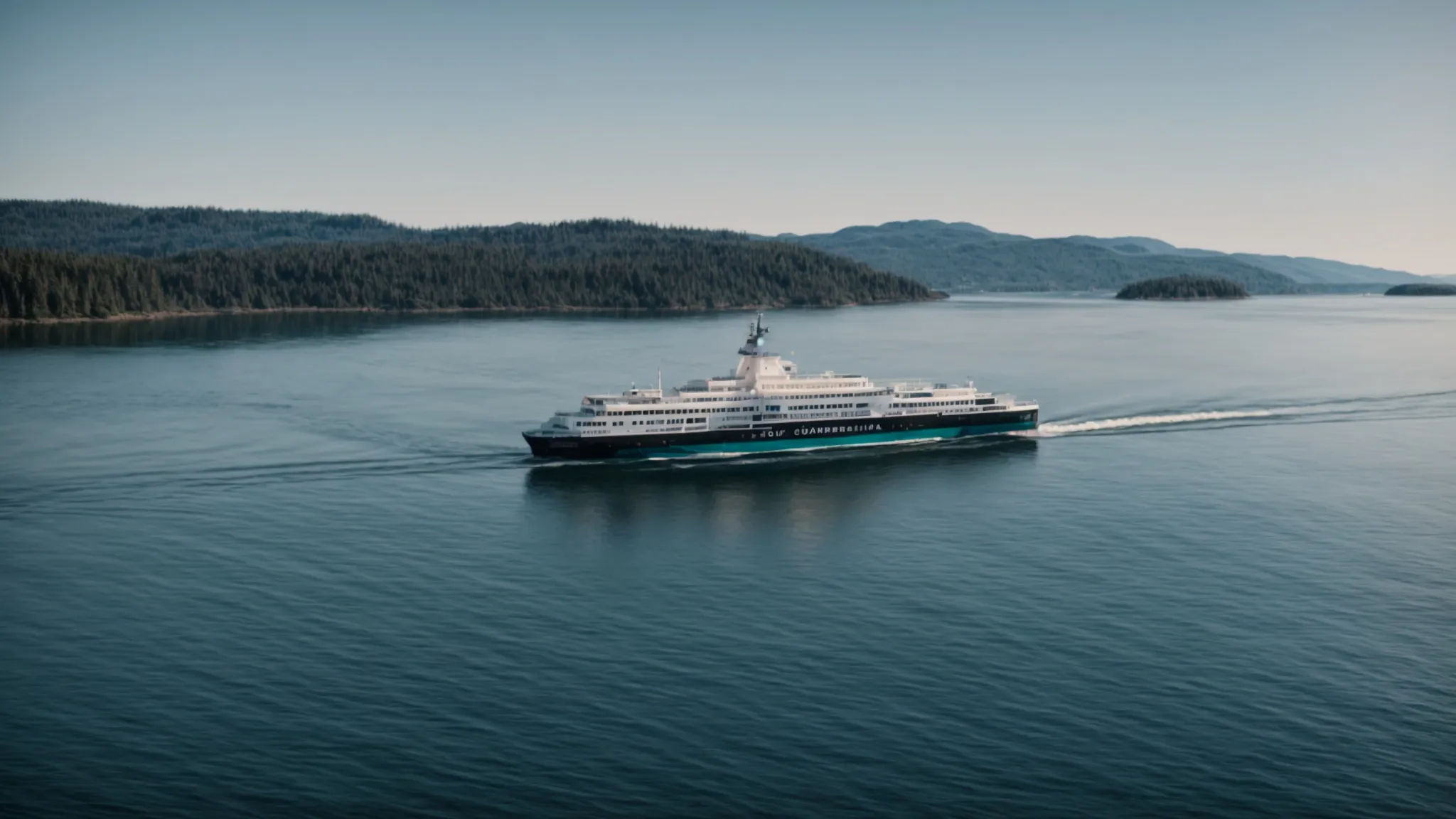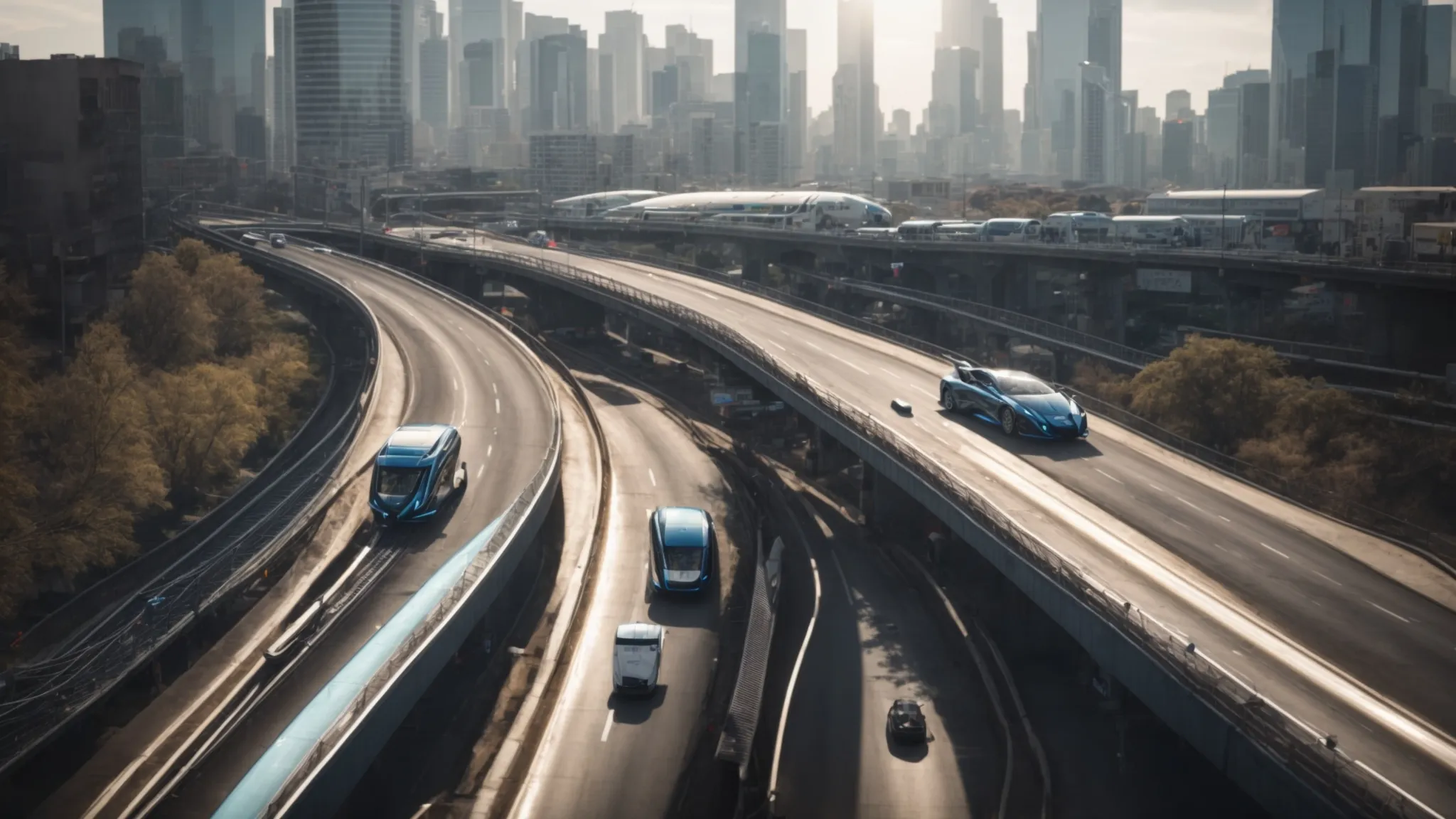Ad|Collaborative editorial post
Island living offers serene beauty and a slower pace of life, but the modern traveller often desires or requires swift access to urban amenities and career opportunities. The journey from Nanaimo to Downtown Vancouver serves as a bridge between tranquil island life and the bustling metropolis. Below, we delve into the connectivity between these two distinct locales, highlighting travel methods, their benefits, and what the future holds for interurban transit.
Exploring the Link Between Nanaimo and Downtown Vancouver

The geographic division of the Strait of Georgia presents a unique challenge to the avid traveller. Nanaimo has historically been a gateway to Vancouver, offering various transportation options to navigate the 55 kilometres of water separating them. This route is not just for daily commuters but also for visitors seeking to explore the stunning Pacific Northwest.
Convenience and efficiency are top priorities for travellers. Modern demands dictate a transport network that aligns with varied schedules and purposes, accommodating everyone from the business executive to the leisurely tourist. The infrastructural mesh enables economic growth, cultural exchange, and a seamless experience that knits the island and city life together.
It’s worth mentioning that travellers can now easily book a reservation for the ferry Nanaimo to Vancouver, a vital link in the chain of travel between the two cities. With the Hullo ferry service, travel between Vancouver Island and Downtown Vancouver is convenient and easy.
Seamless Commuting: The Pros and Cons of Different Modes of Travel

Each method of transiting from Nanaimo to Downtown Vancouver carries its unique set of benefits and drawbacks. This assortment allows individuals to prioritize based on time, cost, and personal preferences. Ferries, favoured for their affordability and frequency, are convenient, but there could be potential weather delays.
Floatplanes score high on speed and the “wow” factor of the journey, but they are susceptible to cancellations and typically require a higher budget.
The individual’s intention plays a critical role in mode selection. Tourists might prefer the scenic ferry ride for its panoramic views and the inherent sightseeing experience. Conversely, business travellers may have different needs from tourists.
When planning a journey, it’s essential to consider the environmental impact each mode has. The maritime and aerial industries continue to seek ways to minimize their carbon footprint, striving for a balance between eco-consciousness and operational effectiveness.
Expanding Horizons: The Future of Interurban Travel in British Columbia

As we look to the future, the skyline of interurban travel in British Columbia is poised for change. Demands for speed, comfort, and sustainability are driving research and development towards groundbreaking solutions. Modern ferries and hybrid aircraft are no longer distant concepts but imminent additions to the travel landscape.
Digitalization will continue to refine the way we think about and plan our trips. From AI-driven apps that optimize travel routes to virtual queuing systems for boarding, technology is reshaping the commuter experience. Interconnectivity between different modes of transport will likely become the norm, presenting a unified and efficient transit system.
Government policies and infrastructure investments will play a key role in shaping the future of transportation. Public sentiments, focused on green solutions, will undoubtedly influence decision-making, paving the way for energy-efficient options that align with global sustainability goals.
The increasing population density and urban expansion will necessitate innovative solutions for congestion and capacity. British Columbia might well become a leader in cutting-edge transit alternatives, setting an example for coastal regions across the globe.
Overall, the route from Nanaimo to downtown Vancouver exemplifies the dynamic nature of regional transit and the importance of connectivity for economic and social viability. The continuous evolution of transportation options promises a future where the journey is as exceptional as the destination.






